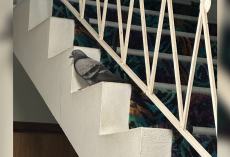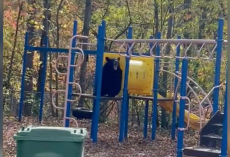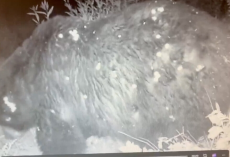When diver and underwater photographer Mike Papish first noticed the enormous shape resting on the sea floor, he realized something was wrong.
The giant loggerhead turtle — later named Lenny — wasn’t swimming normally. One of his front flippers was badly damaged, and he bore deep wounds across his head.
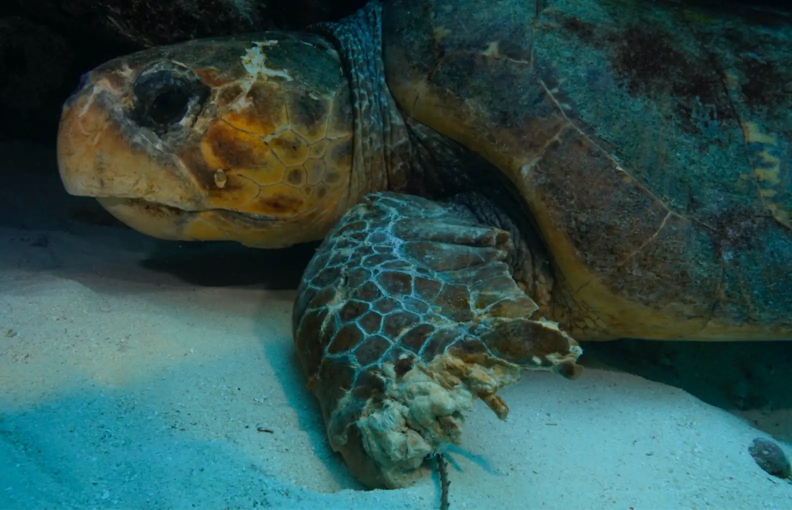
“It was most certainly from a shark attack,” Papish told The Dodo.
Lenny weighed in at a staggering 322 pounds — about the size of a baby grand piano. Rescuing him would take more than one pair of hands. Papish quickly teamed up with a crew from Sundance Watersports, and together they managed the incredible task of lifting Lenny onto their boat.
But the challenge didn’t stop there.
“Once we got him fully on board, it wasn’t even over,” Papish recalled. “We had to barricade him with three gigantic ice chests full of ice, and even those he was able to swat out of the way. It took all four of us sitting on top of the barricade to keep him in place until we made it back to shore.”

Once safely on land, Lenny was rushed to The Turtle Hospital in Marathon, Florida — a nonprofit facility that has rescued and rehabilitated over 3,000 sea turtles since 1984. There, he received fluids, antibiotics, wound care and even laser therapy.

Hospital manager Bette Zirkelbach was stunned: “He was the largest loggerhead that I’ve ever seen in my 13 years here.”
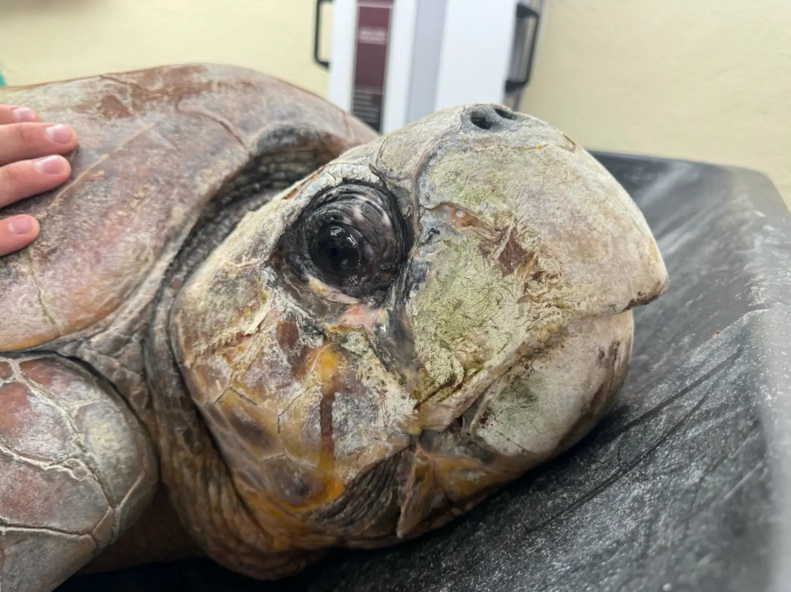
Despite his massive injuries, Lenny proved to be a fighter. Within just two weeks, he was strong enough to return to the wild. The timing couldn’t have been more important: loggerheads are endangered, and at 60 to 70 years old, Lenny is in his prime breeding years.
“Sea turtles are a vital part of the ecosystem,” Papish explained. “They graze on seagrass like cows, keeping it from overgrowing and smothering coral reefs.”
In late March, Lenny was released back into the turquoise waters of the Florida Keys — a moment that brought tears to the team who’d worked so hard to save him.

“It’s the best feeling,” Zirkelbach said of watching him swim away.
Since then, Papish has had the joy of seeing Lenny several times in his natural home. Each sighting shows a stronger, more confident turtle.

“He’s doing better every time I see him,” Papish said. “His flipper is gaining strength, and he swims with so much more confidence. He even comes up to snorkelers, does a lap under the boat so everyone can admire him, then drifts back into deeper waters.”
From near tragedy to a triumphant return, Lenny’s story is proof of both resilience and the power of human compassion.
To learn more about The Turtle Hospital or to donate to help sea turtles like Lenny, visit their website.





